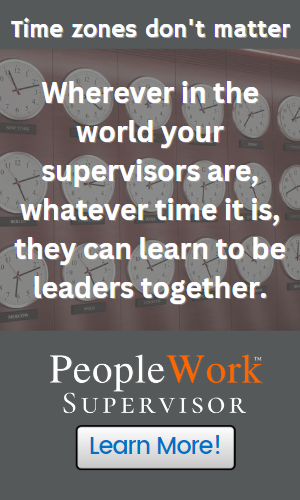Welcome to a new series of Safety Buy-in videos to help you clarify your safety message, build supervisor support, and get employee buy-in. This week we focus on complacency and adopting a mindset that complacency is a result you get when you don’t engage your people in a meaningful way.
When a company starts having little lapses in judgment in safety, or their people start experiencing more close calls, inevitably someone pins the blame on complacency.
Typically, the standard response to complacency is to double down on safety rules, process reminders, stand-downs, or even opening the wallet and bringing in an outside safety speaker.
And sometimes it works, for a little while. But it usually doesn’t last. You expend a lot of energy trying to fix something that you thought was the problem.
Complacency is like a flat tire on a car. Pumping more air into a flat tire isn’t going to work until you fix the gaping hole in the tire first.

Complacency isn’t the problem. Complacency is the result of the problem. And, there are a lot of pieces and parts of an organization that need to fail before safety suffers from complacency.
So, how do you address it? Well, start by asking yourself a few questions.
First, have you made the message of safety so clear and simple that no one could possibly misunderstand what is expected of them?
Second, have you got your front-line supervisors to buy-in to the message of safety, and are you supporting them in carrying that safety message and safety standard through to their crews?

Third, have you armed your supervisors, who are the largest influence on employee behaviors? Have you armed them with the tools and skills they need to connect with their teams in a meaningful way?
If you’re going to fix complacency, you have to adopt the mindset that complacency is the result you get when you don’t engage your people in a meaningful way. And then, go looking for the things that are resulting in complacency in safety.
Remember, you don't need more rules and reminders in safety. You need more of your employees to buy-in. And that takes a very different approach.
Topics: safety leadership, safety culture, safety buy-in
